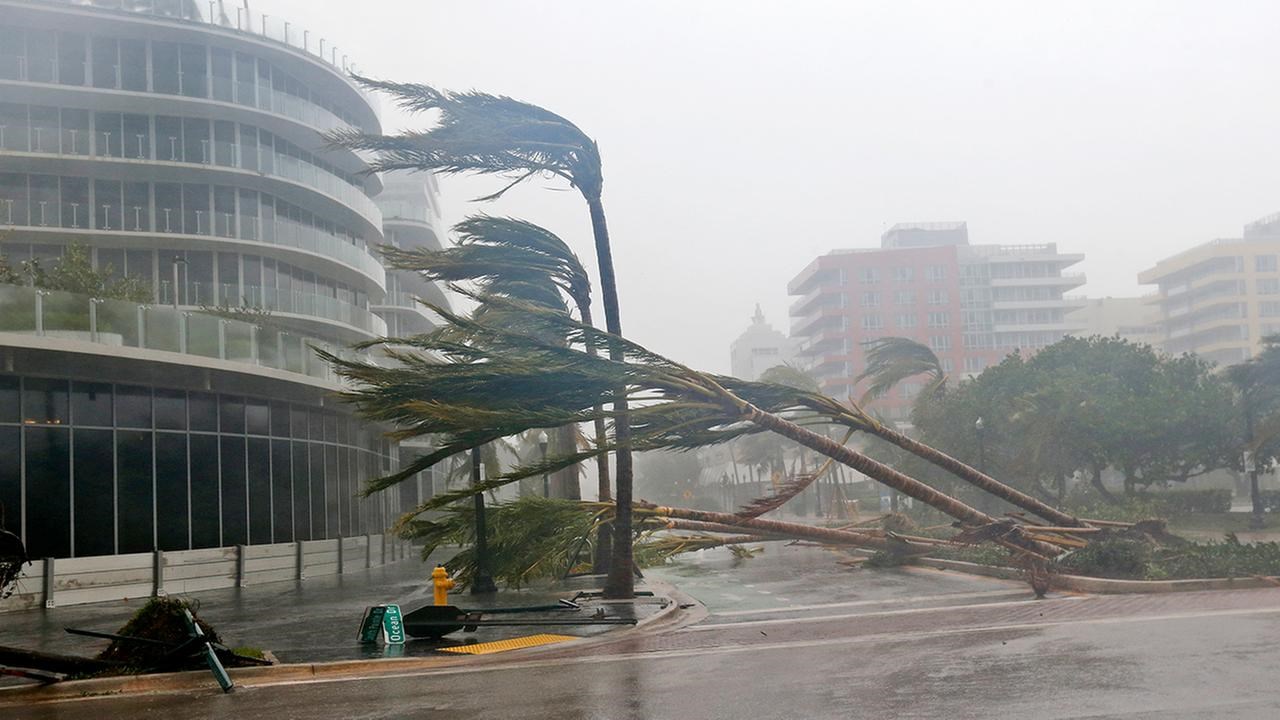As the flood waters from Hurricane Harvey dry up, the residents of affected areas are turning to the task of rebuilding their storm-ravaged communities.
Early estimates of the damage suggest they have their work cut out for them. The Texas Division of Emergency Management reports that the storm destroyed 9,407 single family homes. Another 44,013 experienced major damage. Moody’s Analytics estimates that the cost of the hurricane will be in the $51–$75 billion range.
President Donald Trump has pledged $1 million of his own money to Harvey relief efforts, along with a $15 billion aid package for areas affected by the storm. But he’s also pushing protectionist policies that will raise the cost of the basic building materials, making recovery a longer, more difficult, and more expensive process.
The Price of Protectionism
In April, the Trump administration imposed countervailing trade duties averaging 20 percent on imported softwood Canadian lumber, a common material in home construction. In June, he hit them again with anti-dumping duties of 6 percent.
The initial application of these tariffs aggravated consumers of Canadian lumber, says Kevin Mason, managing director of ERA Forest Products Research (a timber market analyst firm), and the damage done by the storm has only made those consumers’ situation worse.
“Some people who’ve just gone through this devastation—they’ve had their house flooded or it’s been destroyed,” Mason says. “To the degree that they’ve got to go out and get lumber to do some repairs, they’re going to be paying close to record high prices. And part of the reason prices are as high as they are is because of these duties.”
Tariffs Are Hurting Importers
The U.S. has imposed tariffs on Canadian lumber imports periodically since the mid-1980s. What makes the latest round of tariffs unusual, Macon says, is the degree to which U.S. consumers have eaten the costs of those trade barriers.
“Historically the Canadians have had to absorb half if not the bulk of the duties,” says Mason. “This time the U.S. consumer has borne the entire brunt.”
According to a pricing index put out by the timber market publication Random Lengths, lumber prices hit a peak of $430 per thousand feet of board in April, the month countervailing duties were first imposed. That’s 20 percent over where lumber prices were in January, and nearly 25 percent higher than where prices were in April 2016.
The increase has not gone unnoticed by builders, including those in areas affected by Hurricane Harvey.
“A lot of our distributors, and lumber companies that we deal with, were buying a lot of that imported lumber because they got a much better price, and that rolls over into the prices that we pay,” says Patrick Mayhan, vice president of purchasing for the Houston-area company Westin Homes.
That dependence on cheaper Canadian lumber meant that Mayhan’s company was particularly vulnerable to Trump’s tariffs.
“It was a significant hike at the time. It was a 20 percent increase,” he tells Reason, adding that “we had no choice but to pass that along to our retail pricing for the home. And that’s a significant amount, because lumber is a big part of the cost of building a home.”
Adding Insult to Injury
Increased demand from the storm would push up prices regardless. But thanks to the tariffs, that price increase is starting from an artificially inflated baseline. For some, that could be the difference between a new home and no home at all.
“Currently for each $1,000 that you tack on to the price of a new home, about 150,000 people nationwide can no longer afford homeownership,” says David Logan, director of tax policy analysis for the National Association of Home Builders (NAHB). Logan says the tariffs have increased the costs of lumber for NAHB members by 15 to 20 percent, increasing the cost of a new home by some $1,700.
Zoltan van Heyningen, executive director of the pro-tariff U.S. Lumber Coalition, disputes the numbers coming from the NAHB, saying the impact of tariffs on home prices and homeownership has been overhyped.
“The impact on consumers is negligible to none. The impact on producers is life or death,” he tells Reason.
But builders like Mayhan are quickly approaching the point where they cannot pass added costs onto the purchasers of homes. Though it’s still too early to tell, the expected price increases coming in the wake of Hurricanes Harvey and Irma might push them past that point.
For some builders, that pressure to contain retail prices will lead them to compensate for higher lumber prices with lower profit margins. For others, particularly those operating at lower margins, reduced returns might mean forgoing new construction projects.
That’s particularly true for people planning to rebuild in the aftermath of Harvey and Irma. In addition to near-record-high lumber prices, the costs of other materials—drywall, sheetrock, siding—have gone up as well.
Trump told reporters recently that the response to the recent storms is “gonna cost a lot of money.” Without his tariffs on imported lumber, the cost could be considerably less.
Reprinted from Reason
Christian Britschgi is a reporter for Arizona Watchdog.
This article was originally published on FEE.org. Read the original article.

